A step in the right direction: Shutesbury woman teaches others to make simple shoes
| Published: 01-10-2025 9:31 AM |
Over the last few decades, many people felt inspired to learn skills that were common in earlier times. The recent pandemic era nudged even more people to take up practices like baking sourdough bread, knitting, building furniture, and a mind-boggling number of other pursuits. Tutorials are readily available through libraries and on the internet, but there are limits, right? We’re unlikely to find hobbyists handcrafting cars, building computers from scratch, or making their own shoes.
Hold up on that last point, dear readers. When it comes to shoes, the average citizen has a beautiful alternative, as demonstrated by Shutesbury resident Sharon Raymond, who began creating homemade shoes about 30 years ago, and who’s taught the skill for about two decades. This column gives readers glimpses; those wanting a delightful deep dive into hobbyist shoemaking can check out Raymond’s Simple Shoemaking on the internet, as over a million others have done.
I heard about Raymond years ago when a loved one with podiatric challenges struggled to find comfortable shoes. Like many raised during the Depression, Juanita Nelson grew up wearing ill-fitting shoes, which led to misshapen feet. Her family was part of the Great Migration of African Americans leaving southern states in the hopes of finding better lives up north; new shoes were rarely an option.
A friend introduced Juanita to Sharon Raymond, who created shoes that truly fit Juanita’s feet and lasted the rest of her life. While Raymond no longer custom makes shoes to sell, she’s more than happy to teach you to do it yourself and to help you access materials. Even better, she’s figured out how to create footwear that’s kinder to our planet than what’s generally produced by the footwear industry.
“I don’t make fancy shoes,” said Raymond, whose motto is “a step in the right direction.” She pointed out that “since ancient times, people have made shoes from local materials, and that’s still possible.” Her simple shoes allow room for orthotics and arch supports: “My shoes are great for putting things in,” she said. “They don’t have arch support or cushioning, but you can add what you need.” Apparently, built-in arch supports in commercial shoes are often in the wrong place for the customer, which can render shoes practically unwearable. It’s better to figure out what you need and add it yourself, said Raymond.
The former seventh-grade teacher encountered DIY shoemaking in 1990 when she, her husband, and their young daughter spent a year at a commune in England. “I met someone who made their own shoes, and the practicality of it grabbed me,” said the Indiana native, now 80. “I’d dabbled in many kinds of crafts, but nothing stuck until I discovered shoemaking.”
Choosing a craft based on leather might seem incongruous, since Raymond is “practically a vegan. Definitely a vegetarian.” Her answer is to recycle used leather. A major source came from Dick and Dianne Muller, who for decades produced high-quality leather goods in Shelburne Falls. “When they retired, Dick sold me a beautiful stash. As long as I don’t buy new leather, I consider it ecological.”
Living in Lynn for 15 years increased Raymond’s awareness of industry downsides. Lynn was the site of many tanneries, as well as a shoemaking hub. “The school where I worked was near a tannery; the stench was unbelievable. [The industry] dumped waste, dyes, and chemicals directly into the river, and it was a short ride to the ocean.” Raymond added that, given the prevalence of meat eaters, “mountains of hides go to waste. There’s loads of leather to be had, and I put some of it to good use.” Raymond noted that many modern shoes are actually made mostly of petroleum, “and often don’t last more than a year.”
Article continues after...
Yesterday's Most Read Articles
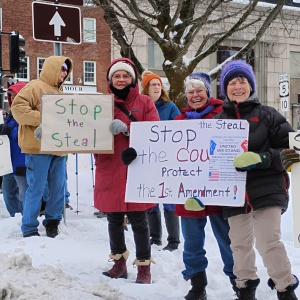 Local ‘Hands Off!’ standouts planned as part of national effort
Local ‘Hands Off!’ standouts planned as part of national effort
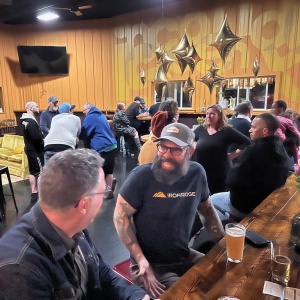 Incandescent Brewing now open in Bernardston
Incandescent Brewing now open in Bernardston
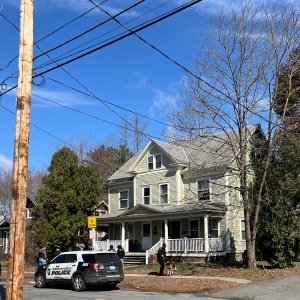 Two arrested on drug trafficking charges in Greenfield
Two arrested on drug trafficking charges in Greenfield
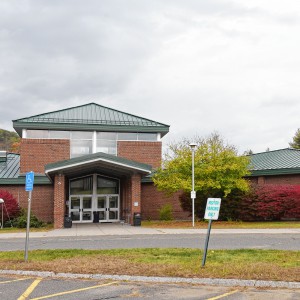 Berkshire DA says no crime occurred in student-officer relationship at Mohawk Trail
Berkshire DA says no crime occurred in student-officer relationship at Mohawk Trail
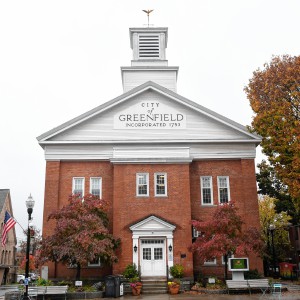 Proposed ordinance would make Greenfield a ‘sanctuary city’ for trans, gender-diverse people
Proposed ordinance would make Greenfield a ‘sanctuary city’ for trans, gender-diverse people
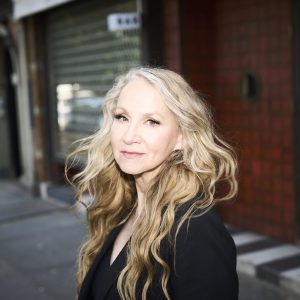 Sounds Local: A legend pays tribute to an icon: Seven-time Grammy-nominated Joan Osborne brings Bob Dylan repertoire to Shea Theater
Sounds Local: A legend pays tribute to an icon: Seven-time Grammy-nominated Joan Osborne brings Bob Dylan repertoire to Shea Theater
When Raymond started teaching shoemaking around 2000, she was one of very few teachers. “Now, there are many,” she said, “but most do not stress ecological aspects. Many use toxic glues, as well as leather supplies from China and India, which are produced with great waste and pollution.” In addition to reusing leather, Raymond uses non-toxic cements. “When you go into most shoe repair shops, you get hit by a toxic smell. Even if they use a ventilation system to air out the shop, those toxins go right into the atmosphere.” Fortunately, water-based commercial glues are now available.
Raymond devised a technique that requires less glue: she cuts a groove in the shoe sole using a router, creating a space so the stitching doesn’t come into direct contact with the ground. Her goal is to have people everywhere making shoes by ecological methods.
“I’m still wearing a pair of shoes I made 20 years ago,” said Raymond. In addition to helping make the world a better place one pair of shoes at a time, Raymond has assisted people in interpersonal realms by teaching Nonviolent Communication, a method promulgated by clinical psychologist Marshall Rosenberg. Raymond and her family lived for eight years at Sirius Community in Shutesbury – known as an ecovillage and education center – and now owns a home close by.
Whether she’s recycling leather, spending time with her three grandchildren, or modeling compassionate communication styles, Raymond is intent on taking steps in healthy and constructive directions.
For more information, check out simpleshoemaking.com
Eveline MacDougall is the author of “Fiery Hope.” To contact: eveline@amandlachorus.org.








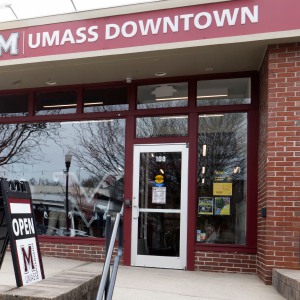 Amherst can’t decide where it is: Is town center uptown or downtown?
Amherst can’t decide where it is: Is town center uptown or downtown?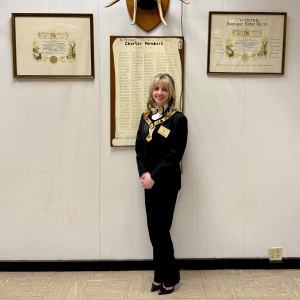 ‘She is our future’: Thirty years after permitting women to join, Montague Elks is almost entirely women-led
‘She is our future’: Thirty years after permitting women to join, Montague Elks is almost entirely women-led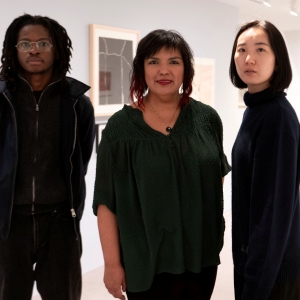 ‘Art in the Age of Human Impact’: New exhibition at UMass explores complex relationship between humans and nature
‘Art in the Age of Human Impact’: New exhibition at UMass explores complex relationship between humans and nature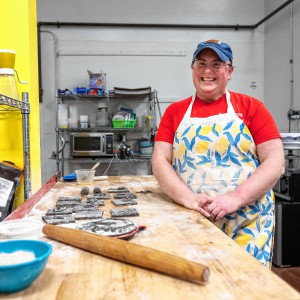 Valley Bounty: Nothing sweeter than sourcing local: Lemon Bakery in Amherst is a small, seasonal, from-scratch operation
Valley Bounty: Nothing sweeter than sourcing local: Lemon Bakery in Amherst is a small, seasonal, from-scratch operation
